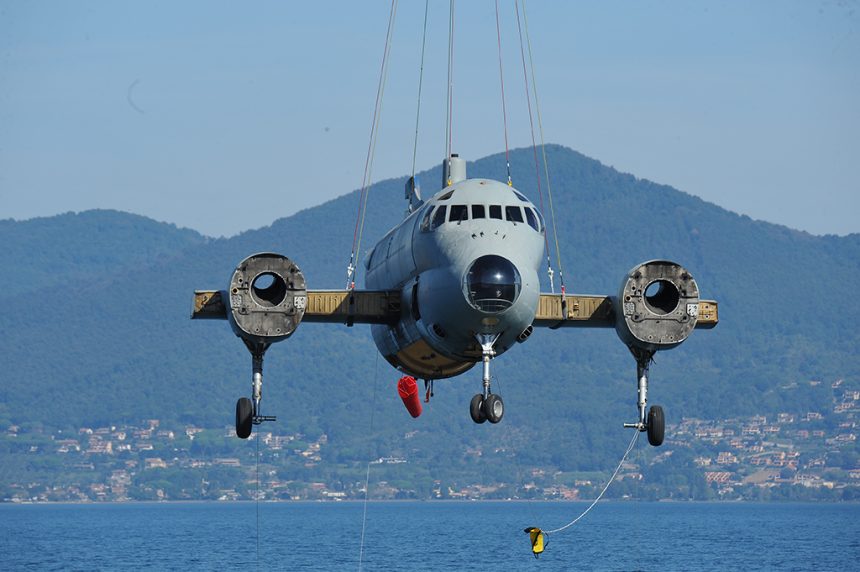An impressive airlift operation to move the fuselage of the Maritime Patrol Aircraft to its final destination.
On Oct. 18, the fuselage of the last BR-1150 Atlantic Anti-Submarine and Maritime Patrol Aircraft, MM40118/41-03, eventually reached the Italian Air Force Museum in Vigna di Valle, near Rome. The aircraft, retired on Nov. 22, 2017 with a final flight from Sigonella, home of the 41° Stormo (Wing) – the last unit to operate the BR-1150, to Pratica di Mare, was moved to the museum, located on the Bracciano Lake, to the northwest of Rome, using an Erickson S-64F Skycrane heavy-lift helicopter belonging to the Corpo Nazionale dei Vigili del Fuoco (Italy’s National Firefighters Corps) and operated for this mission by the European Air Crane Company (EuAC).
An empty BR-1150 weights about 56,700 lbs (25,700 kg) but the fuselage alone of a disassembled example can be carried by an S-64F that can sling load up to 25,000 lbs (11,400 kg).
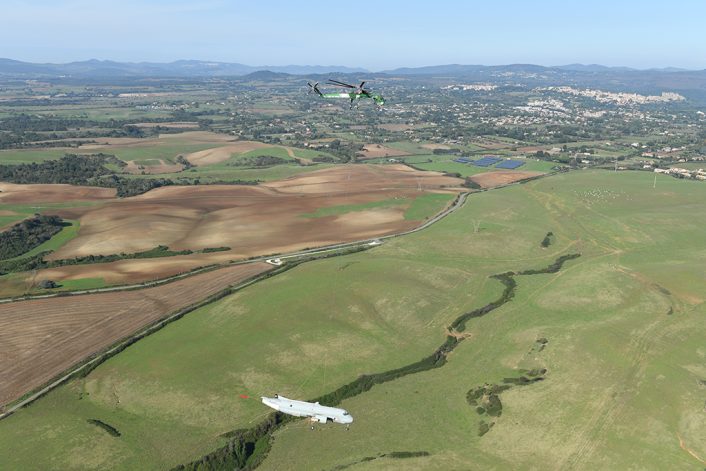
The BR-1150 was welcomed to its new homebase by Gen. Carlo Moscini, Inspector of the Aviation for the Navy, who at the end of the transfer symbolically handed over the keys of the Atlantic to the Director of the Museum, Lt. Col. Adelio Roviti during a brief ceremony attended by several technicians and executives of the Air Service of the Corpo Nazionale dei Vigili del Fuoco who followed all the preparatory phases of the mission and the transfer of the Atlantic to Vigna di Valle.
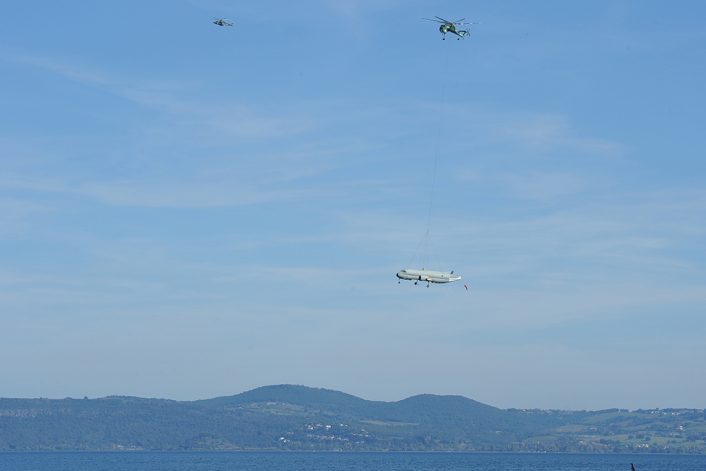
The S-64 helicopter airlifted the Atlantic’s fuselage using a special harness normally employed in firefighting and emergency activities, and moved it from Pratica di Mare to the Italian Air Force Historical Museum along an authorized route that was previously agreed with all the involved civil air traffic authorities, the prefectures and local authorities.
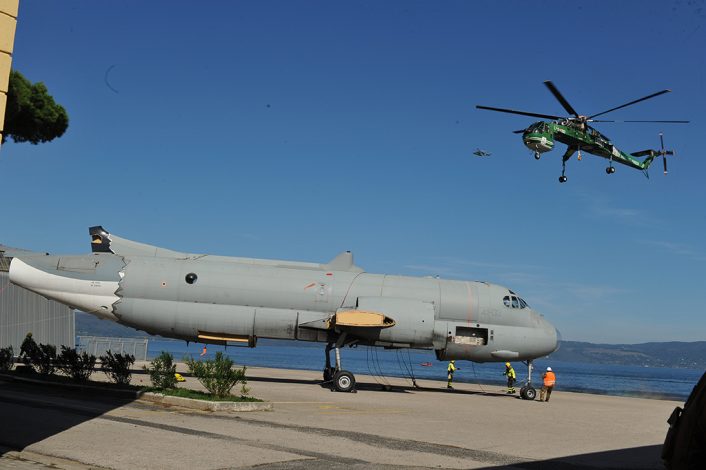
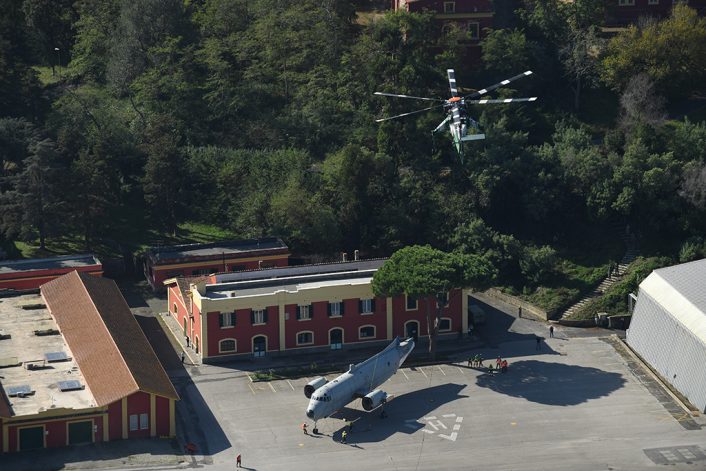
Indeed, the heavy airlift brought the S-64F and two accompanying choppers (including an Italian Air Force HH.139A multirole helicopter from where some of the shots you can find in this post were taken) to Vigna di Valle across the quite busy Rome-Fiumicino airport’s ATZ (air traffic zone)
The first of 18 MPA (Maritime Patrol Aircraft) with ASW (Anti-Submarine Warfare) capabilities Atlantic aircraft, the BR-1150 MM40108 was taken on charge by the Aeronautica Militare at Toulouse, France, on Jun. 27, 1972. On the very same day, after a stopever in Nimes, France, the aircraft landed at Sigonella, for the very fist time at 16.25LT. The retirement came after 45 years and almost 260,000 flying hours (actually 258K) logged by a fleet made of 18 aircraft.
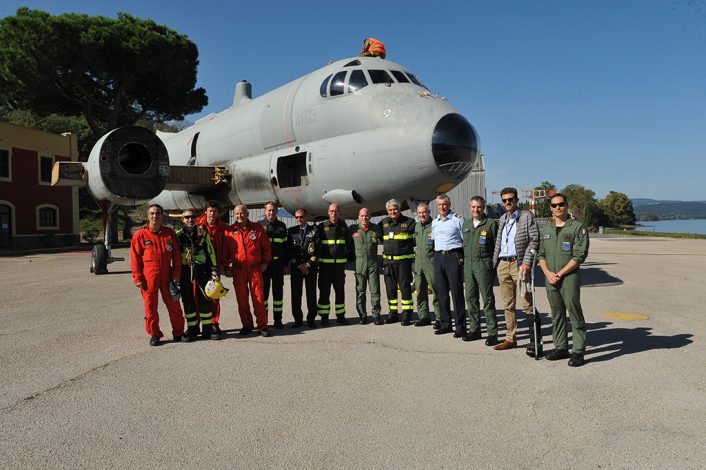
Since Nov. 25, 2016, the 41° Stormo has started transitioning to the new P-72A, a military variant of the ATR 72-600.
Here’s what we have written about the new aircraft last year:
The P-72A can undertake a variety of roles ranging from maritime patrol for the search and identification of surface vessels, SAR (search and rescue) missions, the prevention of narcotics trafficking, piracy, smuggling, territorial water security and monitoring and intervention in the event of environmental catastrophes. The P-72A is equipped with a communication suite that enables the aircraft to transmit or receive information in real-time to/from command and control centres either on the ground, in the air or at-sea, to ensure coordinated and effective operations. The aircraft is also equipped with a self-protection system. The aircraft is said to be able to fly missions lasting six and a half hours at ranges up to 200 nautical miles from its starting location.
Although it is a multirole Maritime Patrol, Electronic Surveillance and C4I (Command, Control, Communications, Computers, and Intelligence) aircraft that shares many sensors and equipments which were developed for the ATR 72ASW developed by Leonardo for the Turkish Navy, the P-72A lacks an ASW (Anti-Sub Warfare) capability: for this reason it is considered a “gap filler” until the budget to procure a Long Range MPA with ASW capabilities will become available.
All images credit: Centro Produzione Audiovisivi “Troupe Azzurra” – Aeronautica Militare – Italian Air Force

